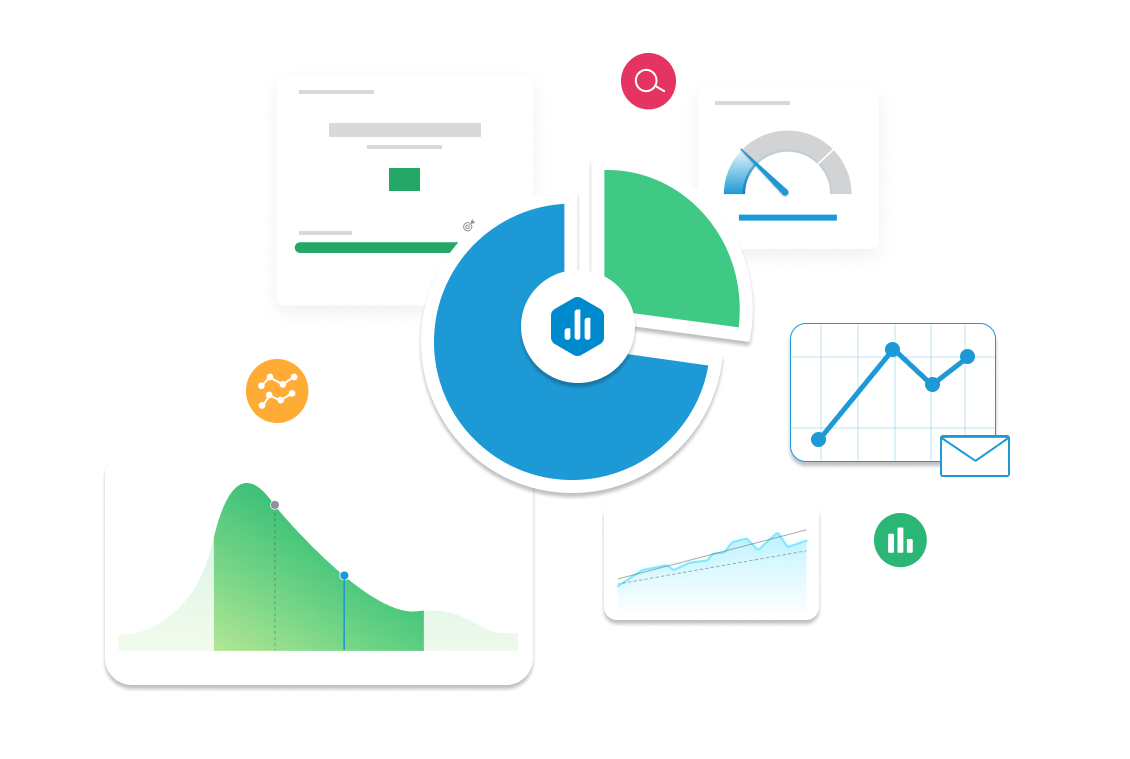First-Time vs. Returning Customer Sales
Learn what First-Time vs. Returning Customer Sales means, how to track it, and why analyzing this breakdown is essential for optimizing acquisition, retention, and customer lifetime value.

| Category |
Marketing, Ecommerce |
|---|---|
| Type |
Lagging Indicator |
| Calculation |
|
| Measure |
Compares how much revenue is generated by first-time vs. returning customers, helping assess customer loyalty, retention, and acquisition ROI. |
| Data Sources: |
Shopify, WooCommerce, BigCommerce, Stripe, Google Analytics (via eCommerce tracking), Klaviyo, ProfitWell, CRM systems. |
| Frequency |
Tracked monthly or quarterly to evaluate shifts in customer behavior and campaign performance. |
Example target
Grow returning customer sales to 65% of total revenue in Q3 by launching email retention flows and loyalty rewards.
Example Reports Use Case
A Marketing or eCommerce Manager tracks this KPI to measure the effectiveness of retention strategies. If first-time sales dominate, they may shift focus to lifecycle marketing and customer re-engagement.



